What is Manual Therapy?
As per IFOMPT, the International Federation of Orthopedic Manipulative Physical Therapists, the definition of manual therapy is the production of all or any of the effects, such as improving tissue extensibility, inducing relaxation, manipulating or mobilizing joints and soft tissues, modulating pain, changing muscle functionality, and reducing movement restriction, inflammation, and tissue swelling.
Types of Manual Therapy
Before beginning manual therapy, a thorough body assessment is done to determine its safety and identify individual needs. Specific techniques are then used accordingly.
Myofascial release is a manual therapy technique used to alleviate pain and discomfort in trigger points, which are tender or restricted areas of the muscles. The therapist applies light pressure to these points, often using hands or specialized tools, while the patient relaxes to release tension.
- Soft tissue mobilization:
Therapists often use this to break up muscle tissue fibers and relax muscle tension. Your therapist may perform the procedure around the accumulation of scar tissue emanating from the back injury.
You implement this therapy for loosening a restricted joint and enhancing the range of motion. It’s a painless technique that slows down the motion distance and speed. This therapy is commonly employed to address chronic conditions and injuries that impact the joints, such as tendonitis and arthritis. During a session, the practitioner will use their hands to manipulate the joint, restoring its normal range of motion and helping to alleviate pain.
- Muscle energy techniques:
Muscle energy techniques involve voluntary muscle contraction against a counterforce to stretch shortened muscles and mobilize joints. Strain-counterstrain technique corrects posture and neuromuscular issues gently and is used for delicate or acute back problems as a less invasive alternative.
- Active release techniques:
A therapist shows where adhesions come from through touch.
The practitioner applies a low amplitude, high velocity, and passive thrust to a joint complex. The thrust remains within its anatomical ambit. The main aim is to restore maximum function and motion and reduce pain.
Trigger point therapy is a type of manual therapy used to treat chronic pain by targeting trigger points in muscles. Practitioners use finger pressure to identify and release muscle tightness.
Dry needling is a manual therapy that uses thin acupuncture needles to target trigger points and alleviate discomfort, tension, and improve flexibility. It can be used to treat chronic pain, joint pain, and muscle tension.
Risks of Manual Therapy
It can cause common, temporary adverse effects such as muscle soreness and stiffness. However, spinal stretching and manipulation are not included. Women may report experiencing more negative effects than men.
Benefits of Manual Therapy
You often use manual therapy technique for issues emanating from the spinal cord, including chronic and acute back pain. However, you can implement the technique for treating various issues.
- Neck injuries, neck pain.
- Hand, elbow, wrist, and shoulder problems.
- Foot, ankle, knee, or hip problems.
- Injuries stemming from accidents.
- Workplace injuries
- Muscle tension/spasms
- The procedure can cure neck pain like rib hypomobility, post-surgical neck pain, muscle spasms, and disc pathology.
- Lower back pain includes spinal stenosis.
Conditions Treated with Manual Therapy
Manual therapy can be used for treating the thoracic spine. It also effectively treats hip bursitis, myofascial pain, hip impingement, and post-surgery hip replacements.
- You can use this technique to treat knee pain, like IT band tendonitis and replacements.
- It’s also effective against ankle pain like ankle arthritis, chronic ankle pain, ankle sprains, and post-surgical pain.
- Many therapists utilize the technique for treating impingement syndrome, frozen shoulder, and rotator cuff syndrome.
- This l therapy can cure trigger points in muscles.
- Those with fused joints and ankle sprain can go for manual therapy.
- Manual therapy will suit you if you have a Golfer’s and tennis elbow.
- People who have fibromyalgia and temporomandibular joint dysfunction can opt for manual therapy.
- One of the primary causes of musculoskeletal discomfort is inadequate posture. Its techniques can assist in correcting posture through practitioner intervention.
- Before an operation, manual therapy may help prepare the body by improving mobility and range of motion. After surgery, this therapy can help reduce scarring, swelling, and pain and stimulate healing. It can also improve movement and coordination of the affected area and help restore normal function.
Who Shouldn’t Undergo Manual Therapy?
Manual therapy has no absolute contraindications, but there are some conditions for which you need to take precautions.
- Skin infections
- Open wound
- Osteoporosis
- Malignancy
- Vertebral artery insufficiency
- Hypermobility
- Undiagnosed pain
- Recent fracture
Getting Yourself Ready for Manual Therapy
Not all physical therapists perform manual therapy despite having some experience with it. Specialized training, skills, and years of practice are required to perform this technique as a part of rehabilitation. It requires practitioners to have a special ability to discern tissue anomalies without imaging assistants.
Communicate medical conditions/allergies/medications to the therapist to prepare for manual therapy. Wear loose clothing, arrive well-rested/hydrated, and follow therapist guidelines to maximize treatment effectiveness.
Recovery and Aftercare Following Manual Therapy
After manual therapy, you may experience some soreness or discomfort in the treated area, but this should subside within a day or two. It's essential to follow any aftercare instructions provided by your therapist, such as doing prescribed exercises, staying hydrated, and avoiding strenuous activity. It's also recommended to continue regular communication with your therapist to monitor progress and address any concerns that arise. In some cases, additional sessions may be necessary to achieve optimal results.
Related Therapies
Neck pain needs traction or CPR, Clinical Prediction Rule. It identifies patients with chronic and acute neck pain.
Massage is another prominent therapy. It’s the genesis of physiotherapy. Posture, hand position, and physical contact are the main determinants of massage.
Finding the Right Manual Therapist for You
Finding the right therapist is crucial if you are seeking manual therapy to address your musculoskeletal concerns. PhysioTattva offers skilled and personalized manual therapy treatment plans for various musculoskeletal concerns. Our experienced therapists can provide safe and effective care tailored to individual needs. Choose PhysioTattva to find the right therapist for you and achieve optimal health and wellness.


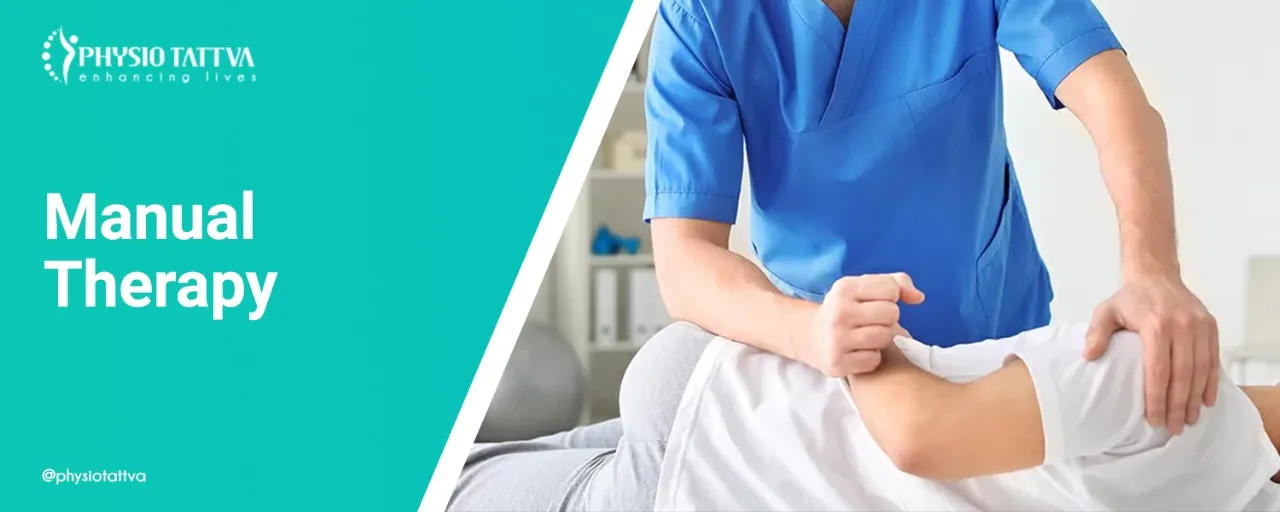

-Physiotherapy.webp)
-for-Shoulder-Pain-Relief.webp)
-for-Knee-Pain-Relief.webp)


-for-Back-Pain-Relief%20(1).webp)





.webp)











.webp)


.webp)

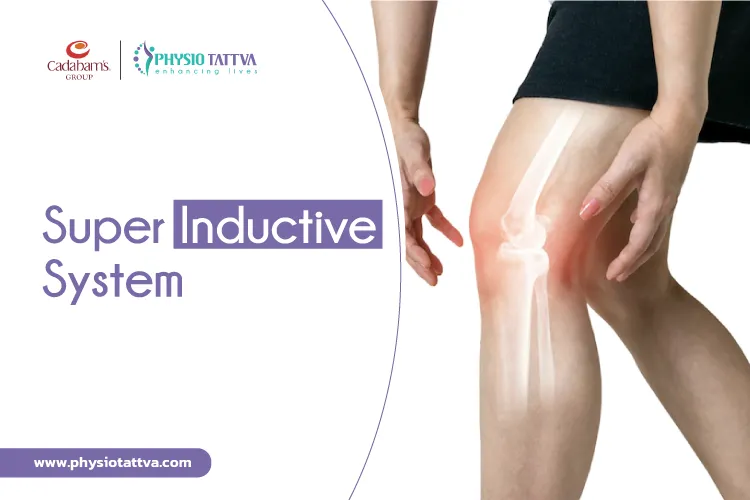

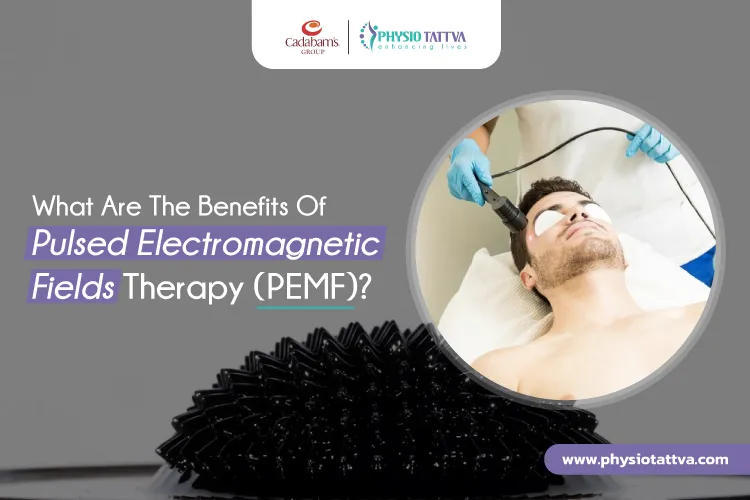

.webp)
.webp)


.webp)
.webp)

.webp)
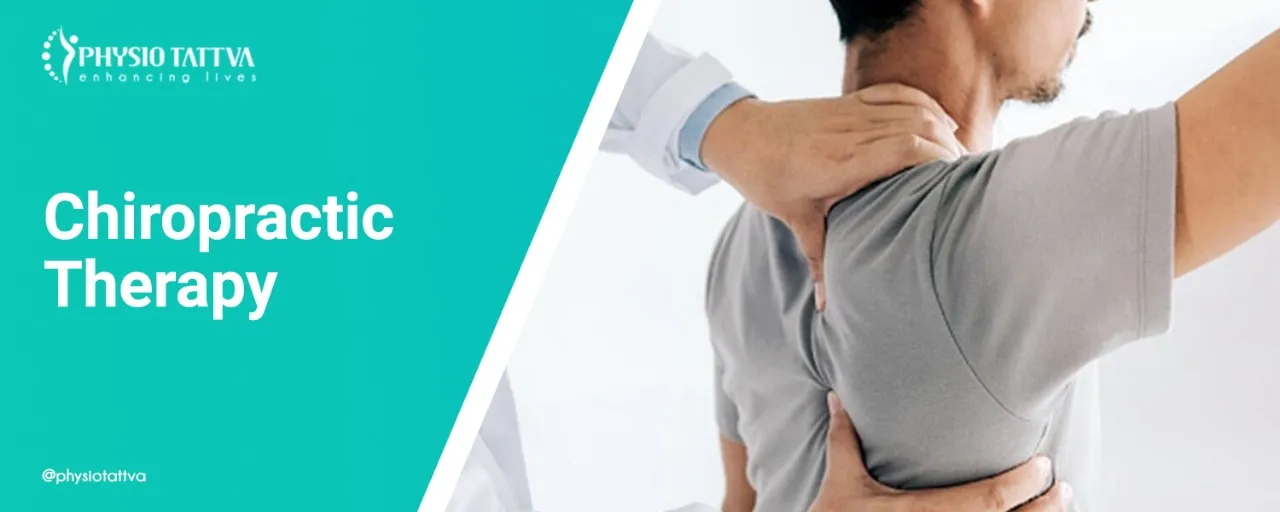
.webp)

.webp)
.webp)
.webp)
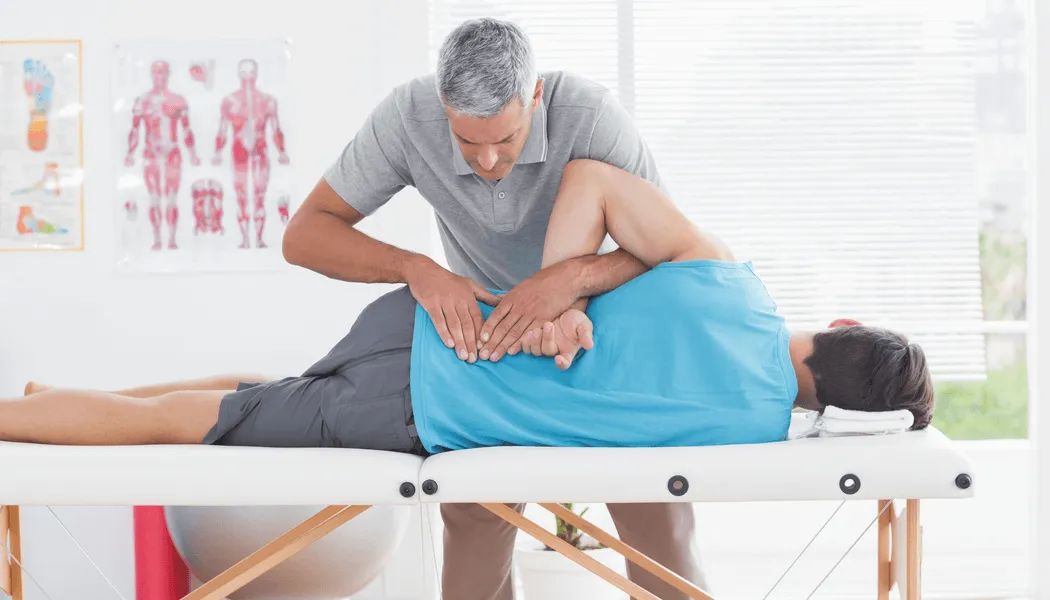

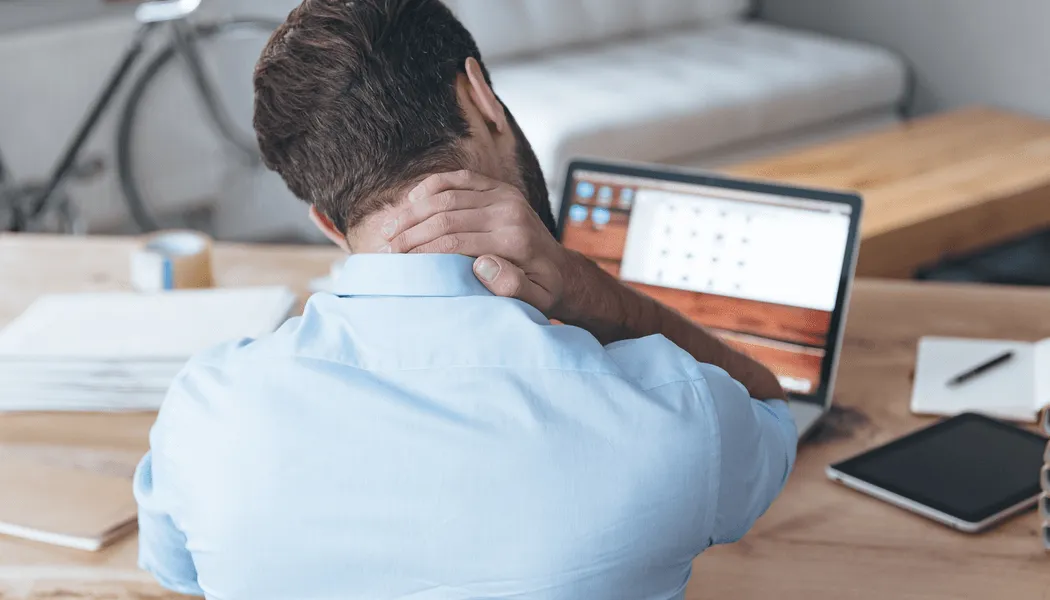






.webp)
.webp)



.jpeg)
.jpeg)


.jpeg)

.webp)
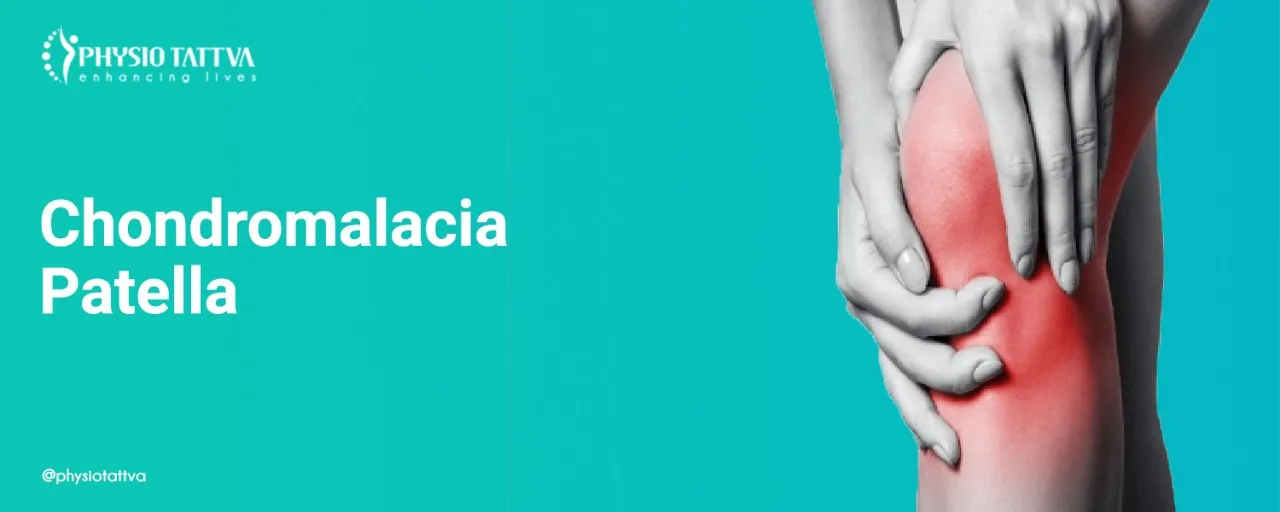
.webp)



.webp)










.png)


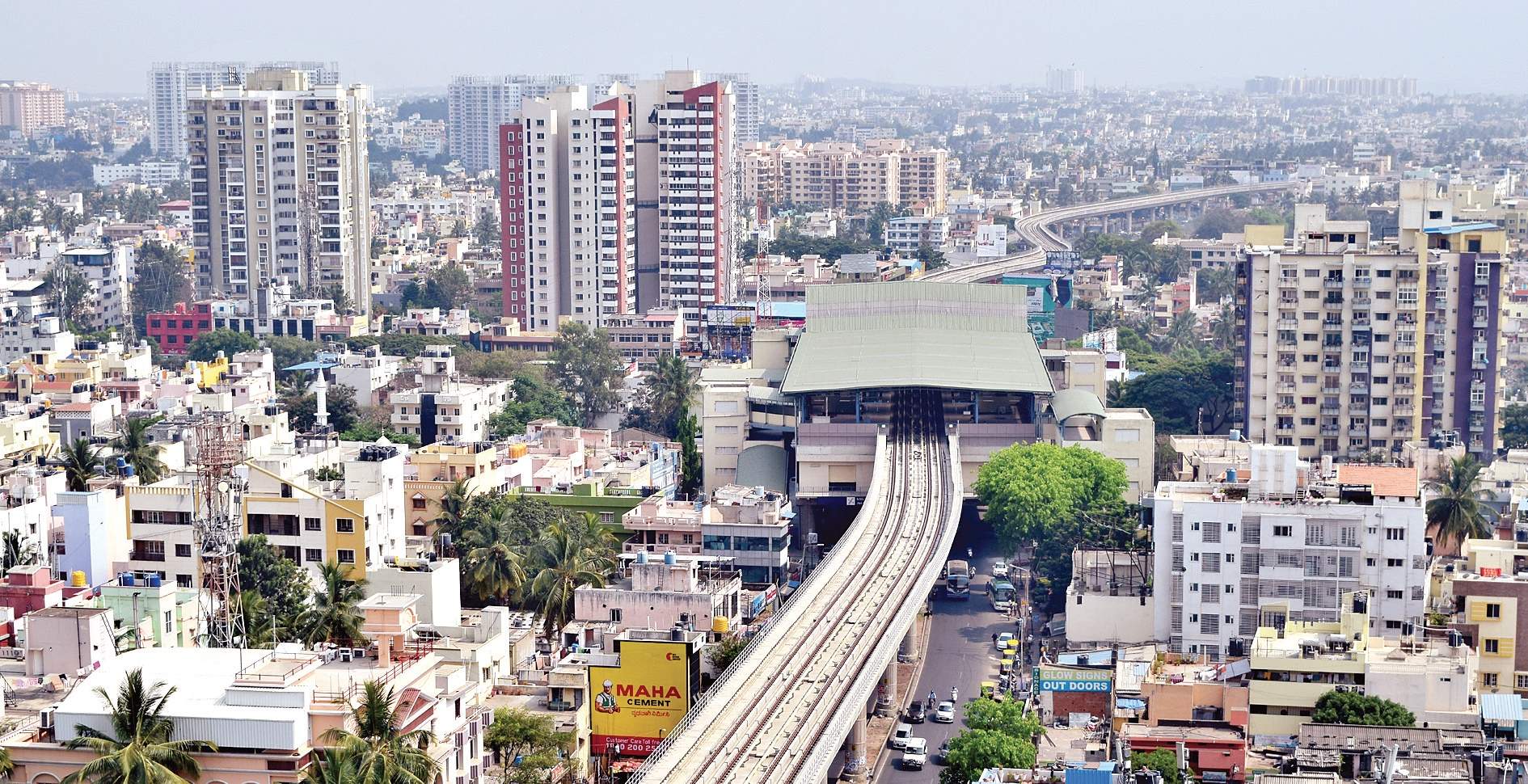

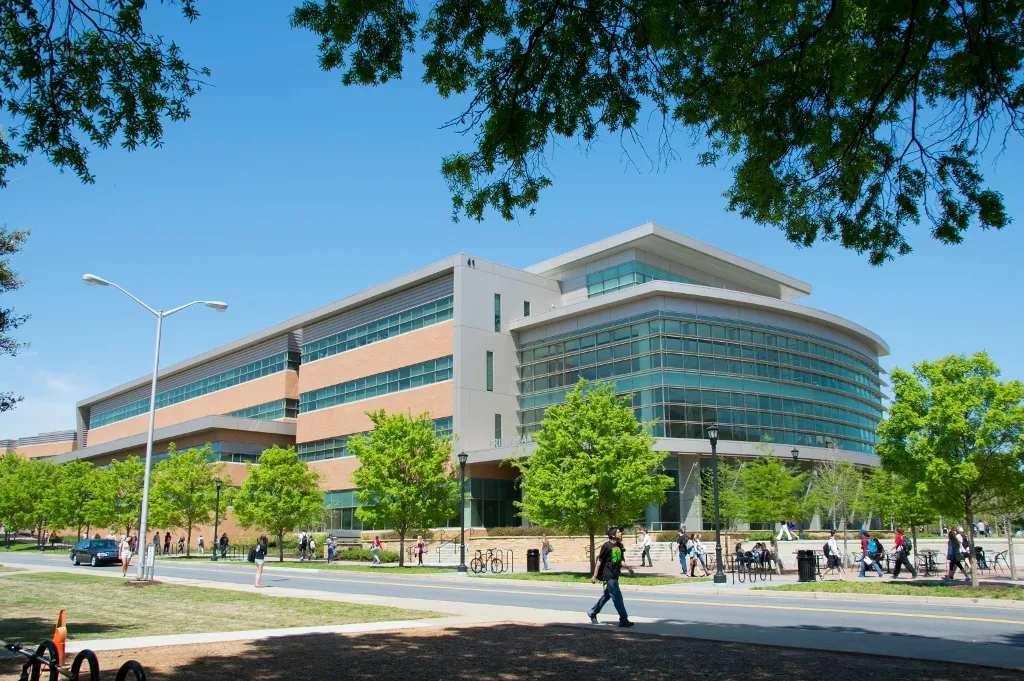



%20(1)-p-3200.jpeg)

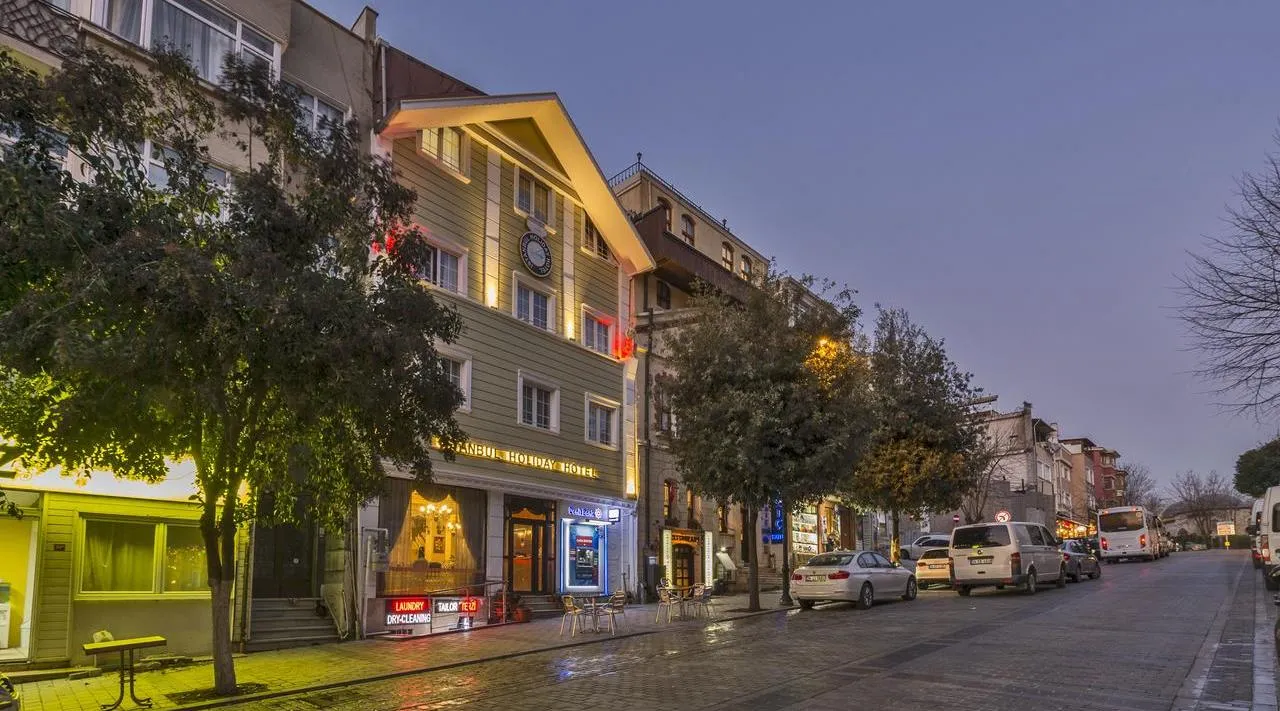
.jpg)
.webp)
.webp)
.webp)



